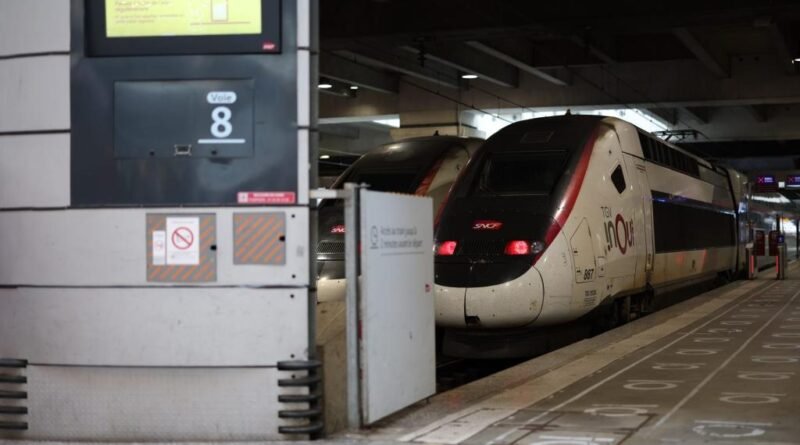Stop glorifying Europe’s inconsistent high-speed rail network

During the closure of Paris for the Olympics this vacation season, I decided to explore Europe by riding its reliable high-speed trains. As a train enthusiast, I thought it would be a fun experience.
However, instead of smooth and spontaneous travel, I found myself facing challenges and uncertainties that Europeans seem to tolerate but Americans wouldn’t.
I started my journey on Germany’s Deutsche Bahn ICE trains, known for their intercity express services connecting cities within Germany and to other European capitals. I expected the precision German efficiency to shine through, but it was not entirely the case.
Although the two-hour trip from Brussels to Cologne went relatively well, there were signs of trouble when the train departed late without explanation. This was a far cry from the Japanese train company that once apologized for leaving a few seconds early.
Unfortunately, my four-hour journey from Cologne to Hamburg turned into a disaster. The train was late departing, and when we arrived at the station, the train was nowhere to be found. The delays continued, and the first-class experience I paid extra for turned out to be less than satisfactory.
The journey was marred by multiple delays and inconveniences, with the ultimate arrival time being nearly seven hours late. The lack of explanations for the delays and changes in the schedule left passengers feeling frustrated and unsettled.
Despite the challenges of rail travel in Europe, it remains a popular mode of transportation for many. While the experience may not always be smooth, it offers a unique perspective on travel and allows for exploration without meticulous planning.
High-speed rail may not compete with cars or airplanes in terms of flexibility and cost, but it has its place in the transportation system. For those willing to embrace the adventure and overlook the shortcomings, rail travel can be an enlightening experience.
As I navigate through the ups and downs of European rail travel, I understand why most Europeans still prefer air or car travel for their summer trips. Unless I secure seats on a train to Copenhagen soon, I may have to consider alternative modes of transportation.
Nicole Gelinas is a contributing editor to the Manhattan Institute’s City Journal.



